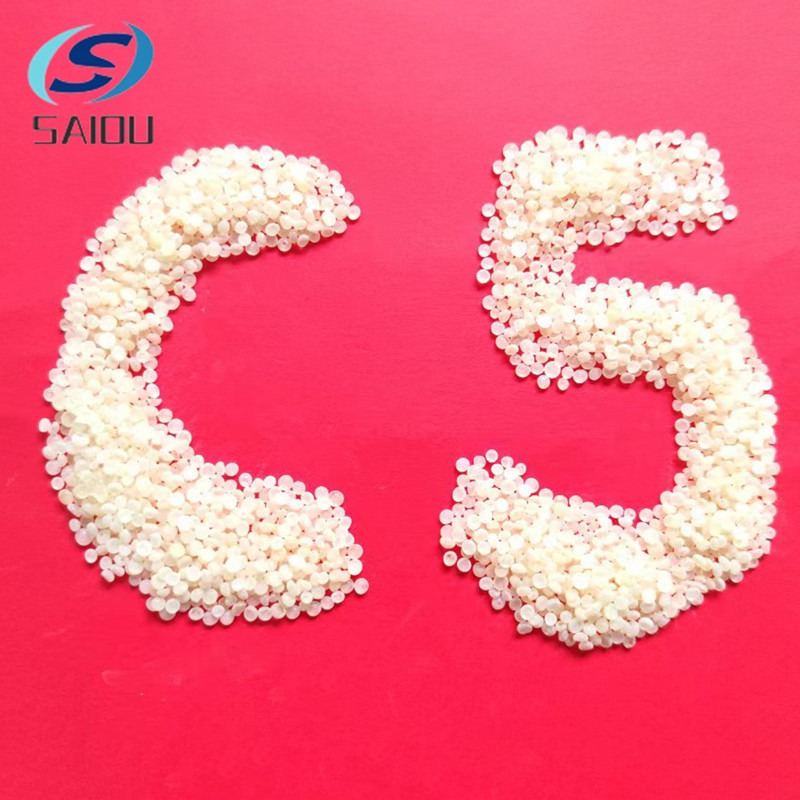

Hydrocarbon resins are a fascinating class of synthetic materials that have gained significant traction across various industries due to their unique properties and versatility. Derived from petroleum, these resins are primarily composed of hydrocarbons, which makes them an essential component in numerous applications, from adhesives to coatings.
One of the standout features of hydrocarbon resins is their excellent compatibility with a wide range of polymers. This characteristic allows manufacturers to enhance the performance of their products, improving adhesion, flexibility, and durability. For instance, in the adhesive industry, hydrocarbon resins are often blended with other materials to create strong, long-lasting bonds that can withstand various environmental conditions.
In the coatings sector, hydrocarbon resins play a crucial role in formulating high-performance paints and varnishes. Their ability to provide a glossy finish and enhance the overall durability of coatings makes them a preferred choice for both industrial and consumer applications. Additionally, these resins can improve the drying time of paints, making them more efficient for manufacturers and end-users alike.
Another significant advantage of hydrocarbon resins is their cost-effectiveness. Compared to other resin types, they often offer a more economical solution without compromising on quality. This affordability makes them particularly appealing to small and medium-sized enterprises looking to optimize their production processes.
Moreover, the growing demand for eco-friendly products has led to the development of bio-based hydrocarbon resins, which are derived from renewable resources. This shift not only helps reduce the carbon footprint but also aligns with the increasing consumer preference for sustainable products.
In conclusion, hydrocarbon resins are a vital component in various industries, offering a blend of performance, cost-effectiveness, and sustainability. As technology advances, we can expect to see even more innovative applications for these versatile materials, further solidifying their place in the modern manufacturing landscape.


Post time: Oct-25-2024

